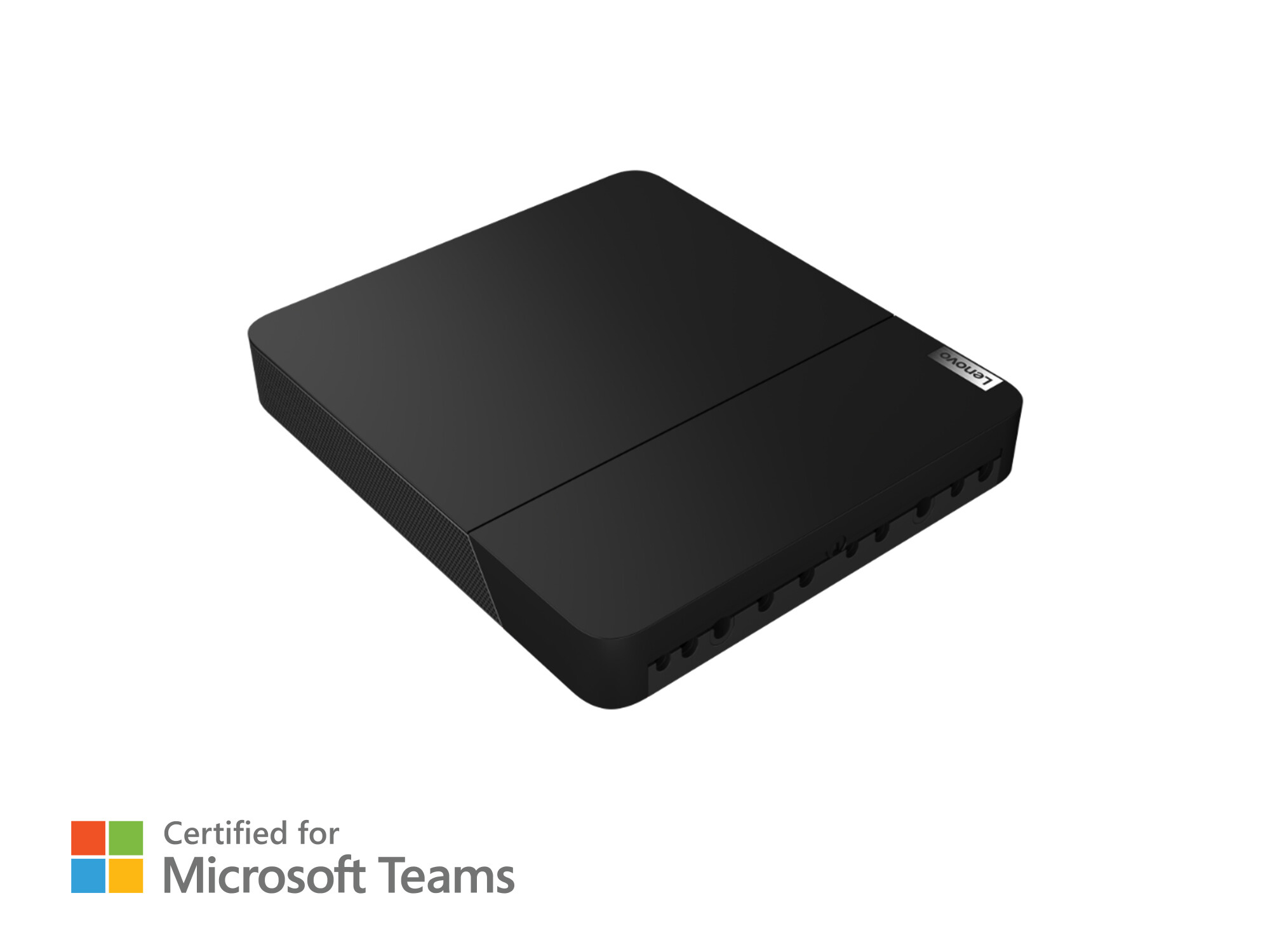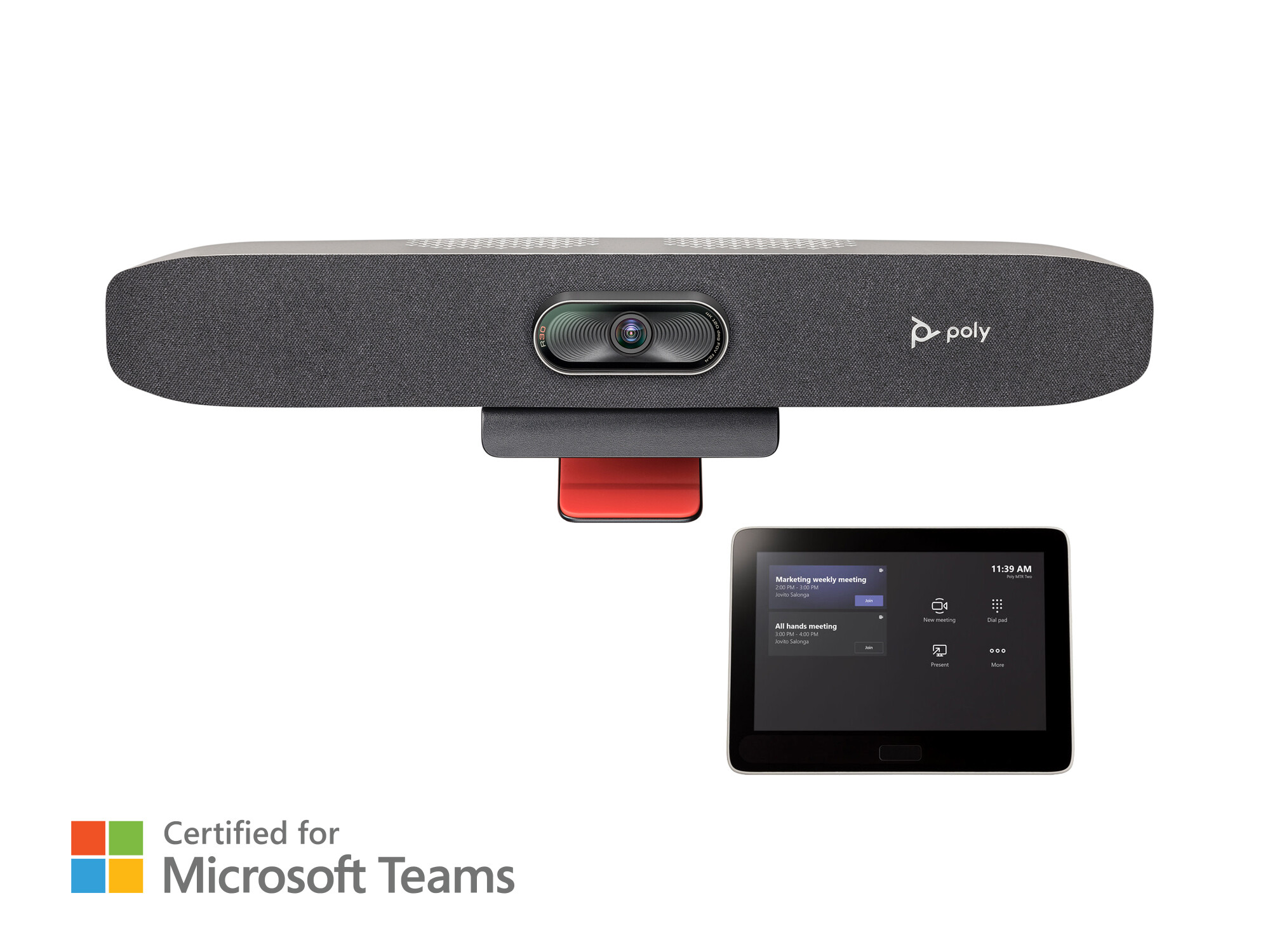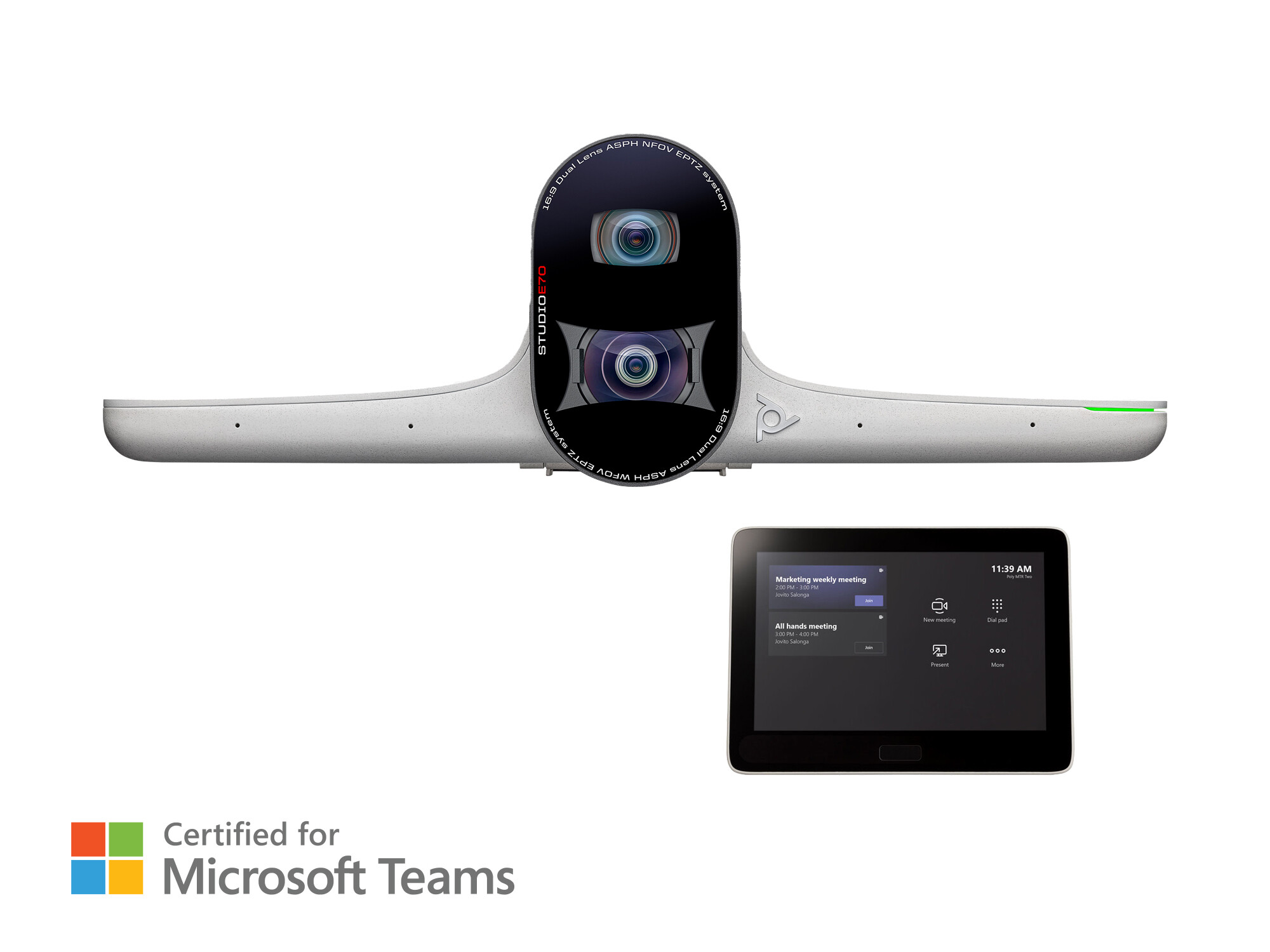











£2,158.80*
- Internal Memory SSD 256GB
- RAM 8 GB
- processor Intel Core i5
- Graphics Card Intel Iris Xe Graphics


Frequently purchased together
Product information
For more productive meetings
The Poly solutions for Microsoft Teams rooms offer flexibility, versatility and quality. Available in focus, small, medium and large configurations, each features a Poly conference camera with Poly MeetingAI technology, a collaboration PC and touch controls.
You need aPoly Room Solution for Microsoft Teamsto use this PC accordingly.
Experience the following highlights:
- Intel Core i5 11. Gen
- 8GB RAM
- 256GB SSD
- Certified for Microsoft Teams
POLY MEETINGAI FOR EQUAL MEETING EXPERIENCE
Poly MeetingAI, the advanced AI-powered technology in Poly Studio room kits for Microsoft Teams, enables productive and stress-free virtual meetings for workers in the office, at home and on the go. Poly and Microsoft are proud to partner to introduce intelligent hardware and software features that ensure all participants are connected at eye level.

The ThinkSmart Core computing device enables optimal business productivity and collaboration thanks to 11th generation Intel® Core™ vPro® processors and Intel® Iris® Xe graphics. It is certified for Microsoft Teams Rooms, which comes pre-installed - a perfect way for employees to seamlessly connect, share content and collaborate from anywhere. It also runs on the trusted Windows 10 IoT Enterprise SAC OS.
Technical data
| Name | Poly Room PC Lenovo Core for Microsoft Teams room solution |
|---|---|
| Article number | 1000026398 |
| GTIN/EAN | 5033588056935 |
| Manufacturer SKU | 7230-87480-101 |
| Model name | 7230-87480-101 |
| Brand | Poly |
| Product Type | Mini PC |
| Application | Large Rooms , Medium Rooms , Small rooms |
| Operating system | Windows |
| processor | Intel Core i5 |
| Graphics Card | Intel Iris Xe Graphics |
| RAM | 8 GB |
| Internal Memory | SSD 256GB |
| Inputs | 2x USB-C , 3x USB-A |
| Outputs | 2x HDMI |
| wireless technology | Bluetooth , WiFi |
| Features | Microsoft Teams |
| Product width | 22.6 cm |
| Product height | 3.75 cm |
| Product depth | 20 cm |
| Weight | 1.12 kg |
| Colour | Black |
| Condition | New |
| Warranty | 24 Month |
| Warranty type | Bringin service Service and support information |
Product safety
| Person responsible for the EU |
|---|
| HP Deutschland GmbH |
| Herrenberger Straße 140 |
| 71034 Böblingen |
| Germany |
| firmen.kunden@hp.com |





